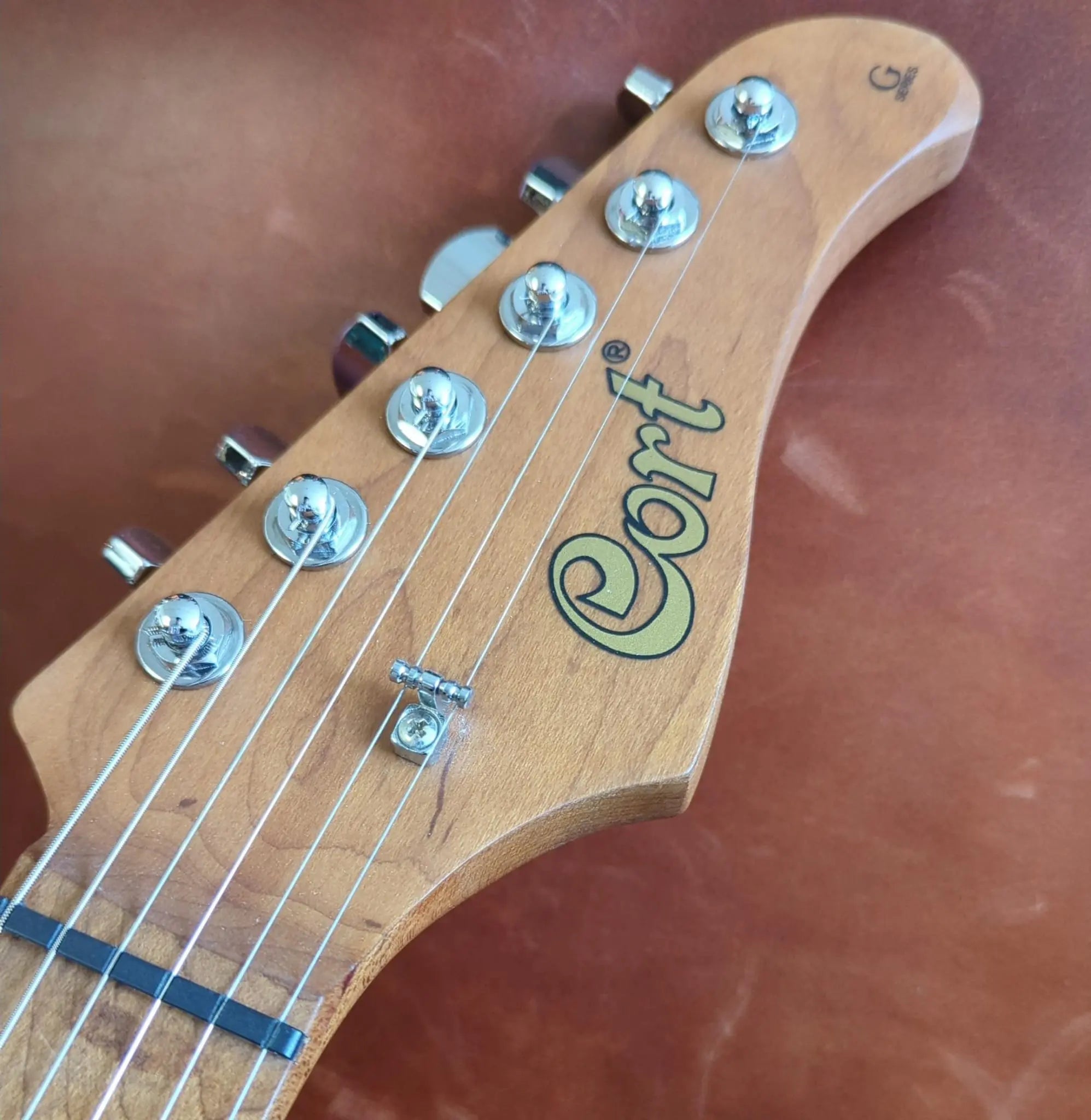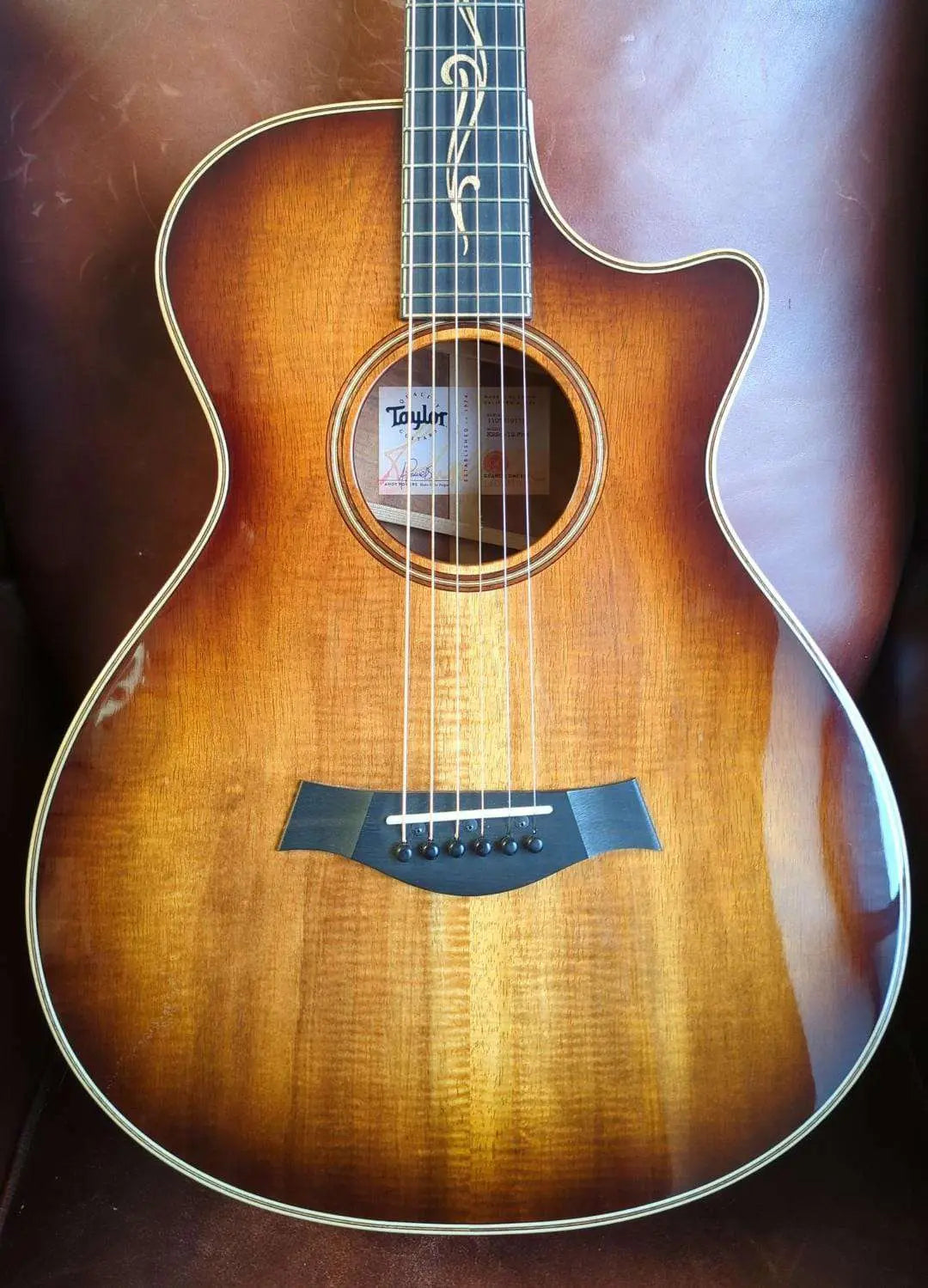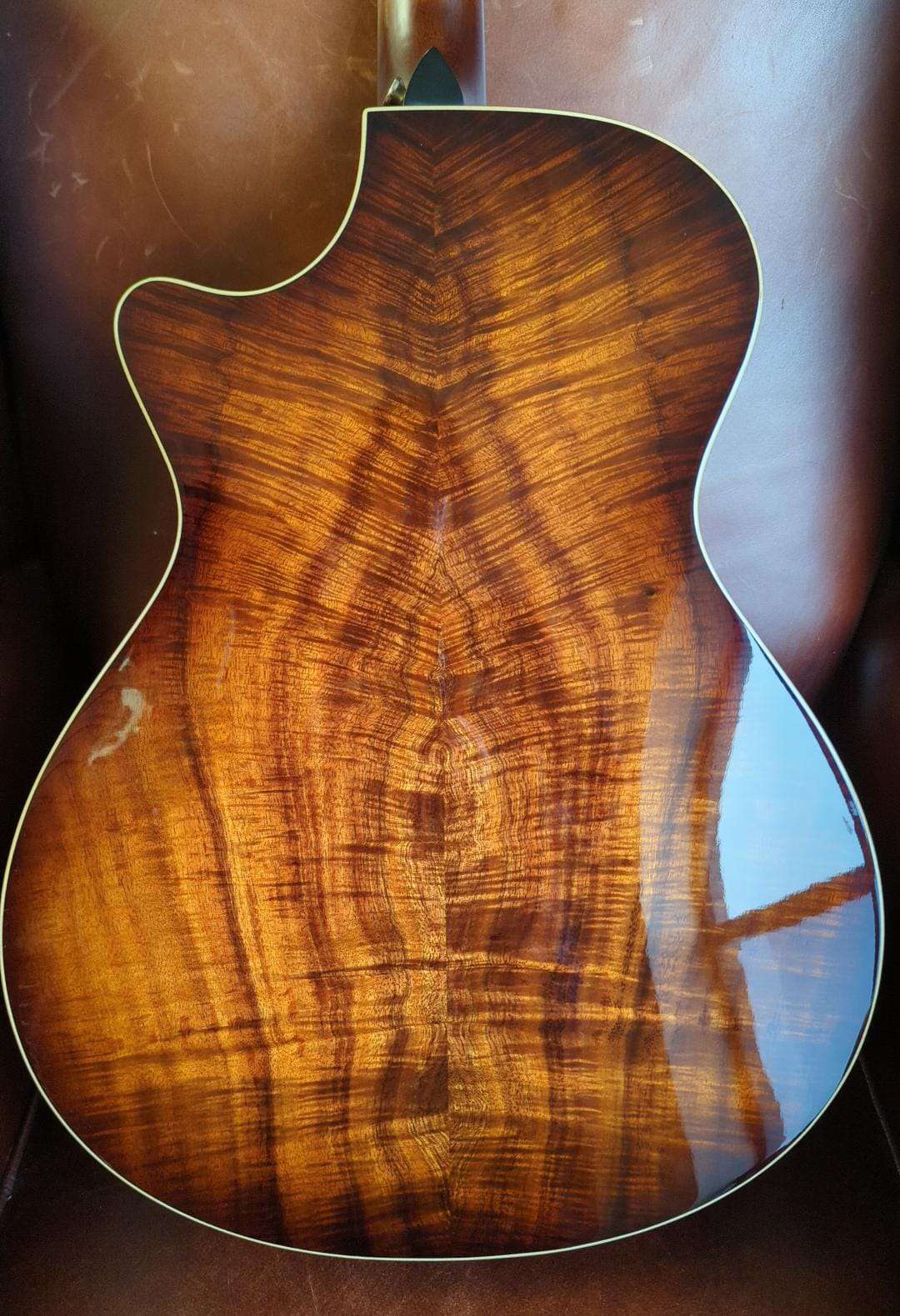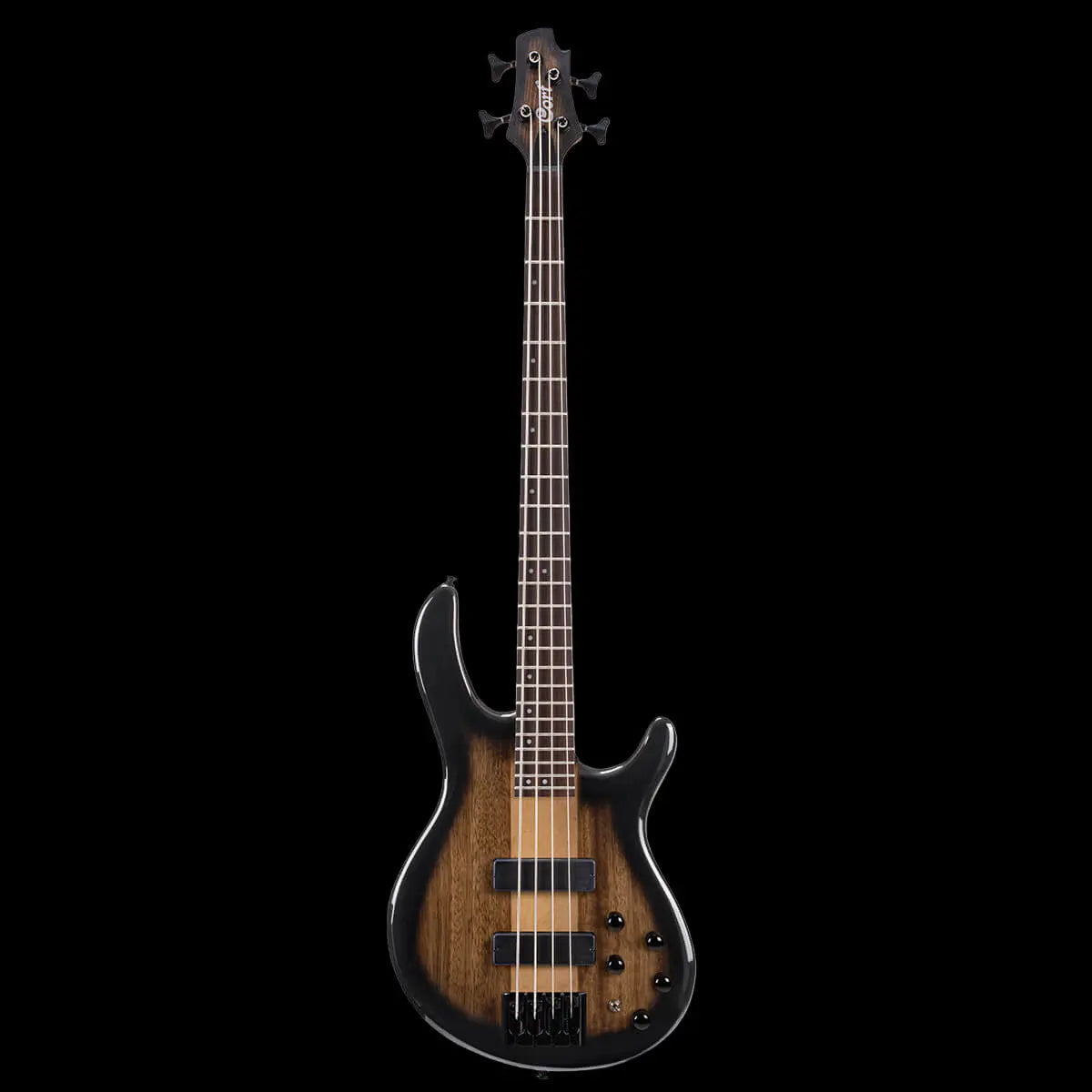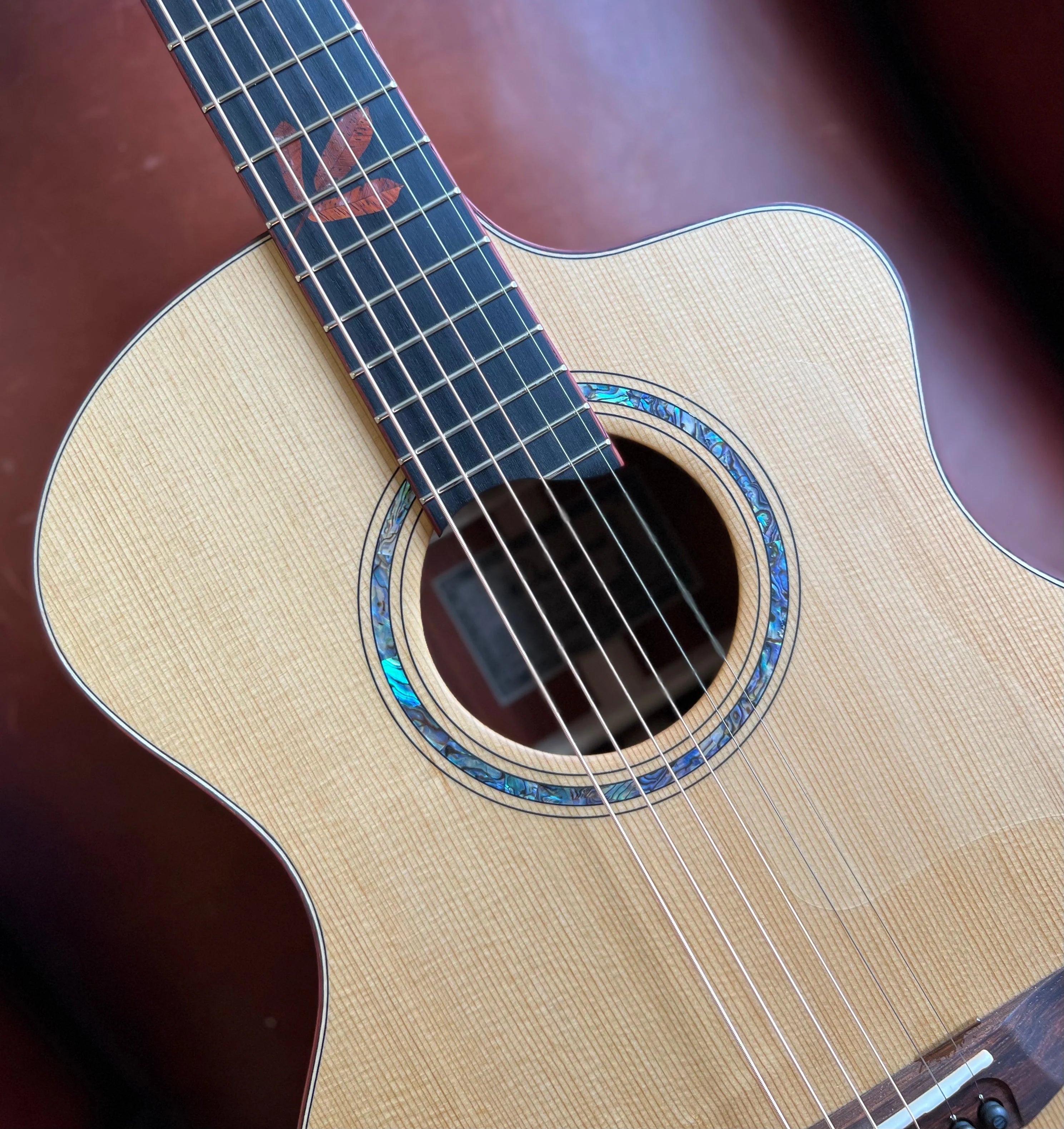
12 Fret Vs 14 Fret Acoustic Guitar. Understanding The Differences
Introduction:
In the vast world of guitars, the choice between a 12-fret and a 14-fret design represents a nuanced decision that can significantly impact a player's experience. Both configurations have their unique characteristics, catering to different playing styles and preferences. In this blog, we will explore the distinctions between 12-fret and 14-fret guitars, shedding light on the qualities that make each design distinctive.
The Anatomy of Frets: Understanding the Basics
Before delving into the differences, let's understand the basic terminology. The number of frets refers to the metal strips embedded on the guitar neck that divide it into segments, allowing players to produce different pitches by pressing the strings against them.
12-Fret Guitars: Nostalgia Meets Playability
* Bridge Placement and Scale Length:
12-fret guitars are characterized by the neck meeting the body at the 12th fret instead of the 14th. This results in a shifted bridge position, altering the scale length and influencing the overall tonal characteristics of the instrument.
* Shorter Scale Length:
Generally, 12-fret guitars have a shorter scale length, which contributes to a warm and mellow tone. The shorter scale can also make the strings feel slightly looser, providing a different playing experience.
* Enhanced Playability:
The shifted bridge placement allows for a more centralized soundhole, bringing the right arm into a comfortable position. This design is often favored by fingerstyle players who appreciate enhanced playability and a vintage aesthetic.
14-Fret Guitars: Versatility and Extended Range
* Standard Configuration:
The 14-fret guitar, with the neck meeting the body at the 14th fret, is the more common and modern design. This configuration provides extended access to higher frets, enabling a broader range of notes and chords.
* Longer Scale Length:
14-fret guitars typically have a longer scale length compared to their 12-fret counterparts. The longer scale contributes to a brighter and more articulate tone, making it well-suited for various playing styles, including lead guitar work and complex chord voicings.
* Ideal for Contemporary Styles:
The 14-fret design is favored by players across genres, especially those who engage in lead guitar playing, intricate solos, and styles that demand extended range and accessibility to higher frets.
Choosing Between 12-Fret and 14-Fret Guitars: Personal Considerations
* Playing Style:
Consider your playing style. If you are drawn to fingerstyle techniques and prefer a warmer, mellower tone, a 12-fret guitar might be your ideal companion. For lead players and those seeking extended fret access, a 14-fret guitar offers versatility.
* Comfort and Feel:
Pay attention to the overall comfort and feel of the guitar. The shifted bridge of a 12-fret guitar may provide a more relaxed playing experience, while a 14-fret guitar offers a standard and familiar feel.
* Tonal Preferences:
Your tonal preferences play a crucial role. If you appreciate the vintage warmth of a shorter scale, a 12-fret guitar might be appealing. If you prefer the brightness and clarity associated with longer scales, a 14-fret guitar could be your choice.
Conclusion: The Beauty of Diversity
In the 12-fret vs. 14-fret debate, there is no absolute winner. Each design brings its own set of qualities to the table, appealing to different players with diverse preferences. Whether you find solace in the nostalgic charm of a 12-fret or embrace the extended range of a 14-fret, the beauty of guitar playing lies in the diversity of choices available. As you embark on your musical journey, explore both designs, and let your playing style and tonal preferences guide you toward the guitar that resonates with your musical soul.




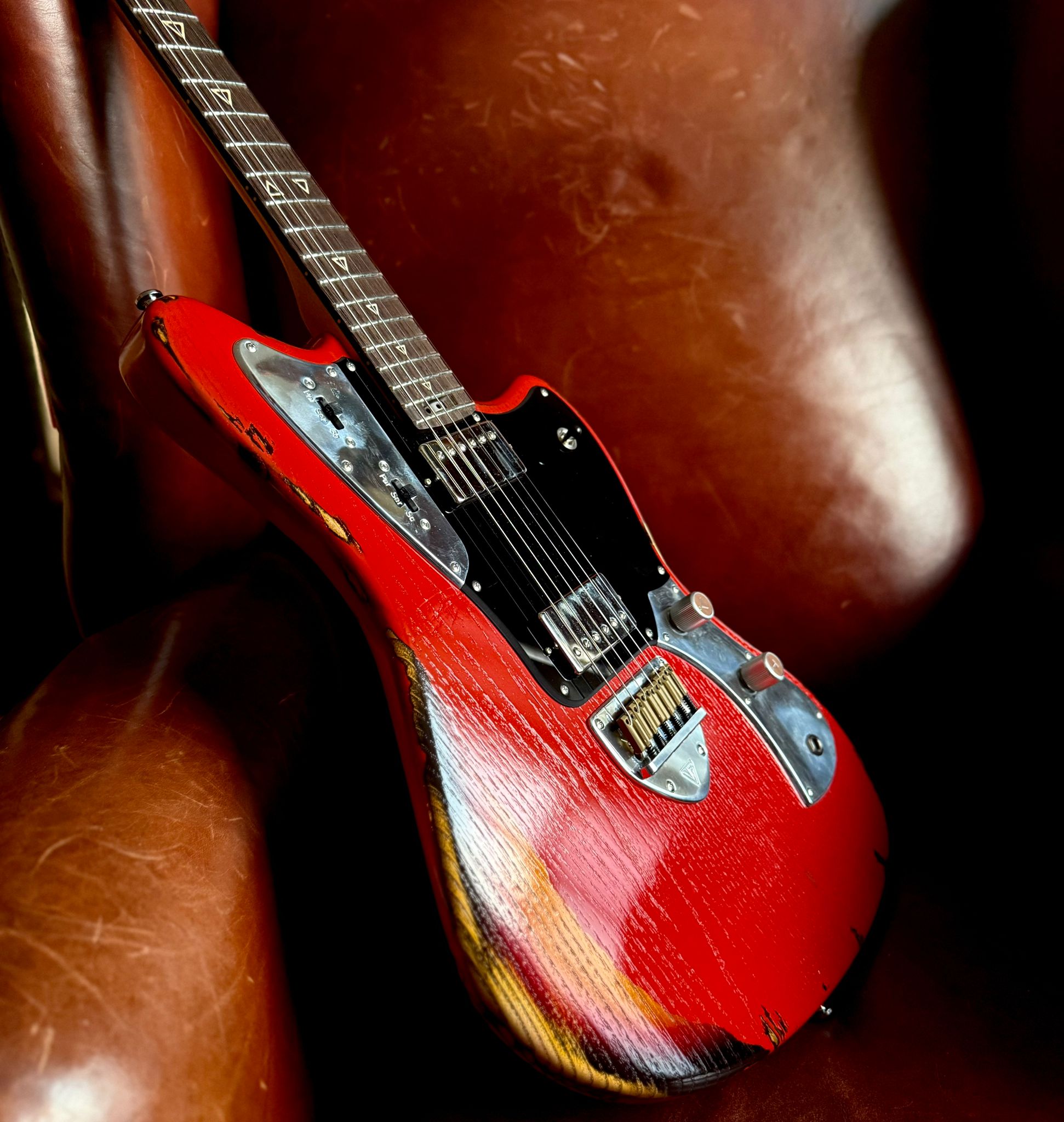


















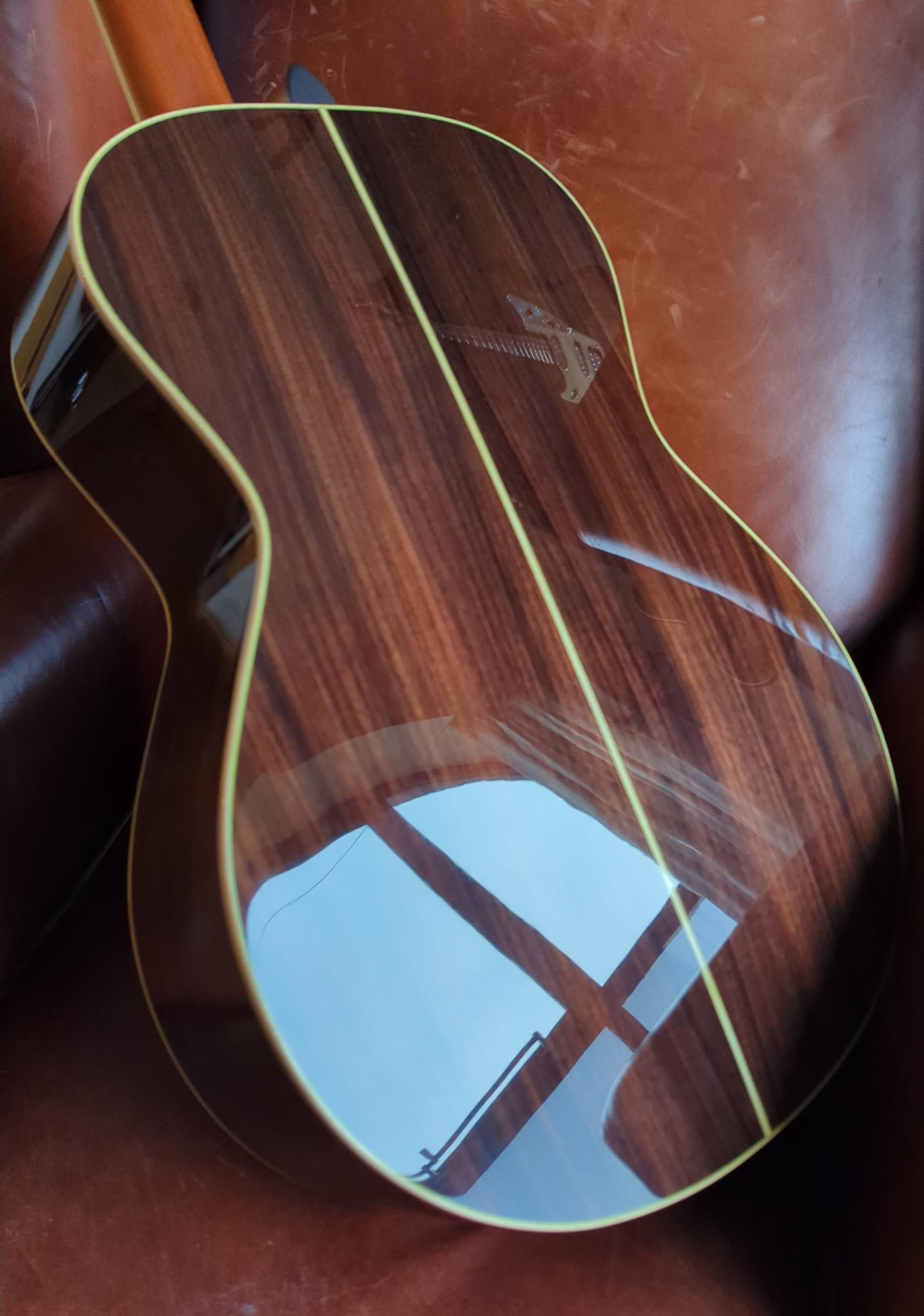




![Gordon Smith GS2 Deluxe Export 2019 [used] A1 Condition - Richards Guitars Of Stratford Upon Avon](http://rguitars.co.uk/cdn/shop/files/gordon-smith-gs2-deluxe-export-2019-used-a1-condition-4323398.jpg?v=1766153718&width=1072)
![Gordon Smith GS2 Deluxe Export 2019 [used] A1 Condition - Richards Guitars Of Stratford Upon Avon](http://rguitars.co.uk/cdn/shop/files/gordon-smith-gs2-deluxe-export-2019-used-a1-condition-9502671.jpg?v=1766153718&width=899)


![G&L USA Made ASAT - late 80s/early 90s [Used] - Richards Guitars Of Stratford Upon Avon](http://rguitars.co.uk/cdn/shop/files/gl-usa-made-asat-late-80searly-90s-used-1091932.jpg?v=1761670676&width=1378)
![G&L USA Made ASAT - late 80s/early 90s [Used] - Richards Guitars Of Stratford Upon Avon](http://rguitars.co.uk/cdn/shop/files/gl-usa-made-asat-late-80searly-90s-used-7964817.jpg?v=1761670677&width=1828)
![Eastman AC630 - SB [Used] - Richards Guitars Of Stratford Upon Avon](http://rguitars.co.uk/cdn/shop/files/eastman-ac630-sb-used-5743157.jpg?v=1760421581&width=1080)
![Eastman AC630 - SB [Used] - Richards Guitars Of Stratford Upon Avon](http://rguitars.co.uk/cdn/shop/files/eastman-ac630-sb-used-2967411.jpg?v=1760421593&width=1569)
![Fender American Professional II Jazzmaster - Dark Night [Used] guitar for sale uk](http://rguitars.co.uk/cdn/shop/files/fender-american-professional-ii-jazzmaster-dark-night-used-6840250.jpg?v=1760421430&width=1602)
![Fender American Professional II Jazzmaster - Dark Night [Used] guitar for sale uk](http://rguitars.co.uk/cdn/shop/files/fender-american-professional-ii-jazzmaster-dark-night-used-4375294.jpg?v=1760421432&width=1476)
![Guild Brian May "Red Special" Limited Edition - early 90s - One of 1000 [Used] guitar for sale uk](http://rguitars.co.uk/cdn/shop/files/guild-brian-may-red-special-limited-edition-early-90s-one-of-1000-used-6139630.jpg?v=1760421357&width=1492)
![Guild Brian May "Red Special" Limited Edition - early 90s - One of 1000 [Used] guitar for sale uk](http://rguitars.co.uk/cdn/shop/files/guild-brian-may-red-special-limited-edition-early-90s-one-of-1000-used-9797150.jpg?v=1760421365&width=1644)









